What’s your top store? Which are your fastest growing categories? What’s the net profit on your in-store bakeries? Which products are your biggest shrink risk? No self-respecting retailer would dream of answering ‘I don’t know’. However, if you ask them ‘Who are your best customers? Who are your top spenders? Which customers are growing/declining like for like?’ many retailers would have to put their hand up and say ‘I haven’t a clue’.
I have always maintained “you manage what you measure” and if you don’t measure customers you can’t manage them.
Some businesses base entire loyalty programmes around small acts of ‘surprise and delight’, either through giving away freebies at random or via a paper stamp card. These have the advantage of feeling personal to the customer, but they go untracked by the business.
But who is actually benefiting from these loyalty schemes? Are they changing customer behaviour? In short, you don’t know. There’s no data and therefore no insight.
Other brands pride themselves in treating all customers equally. For example, if you offer points that can be exchanged for store credit, then all customers are on the same level. The business doesn’t spend extra money or time on customers who regularly spend more or visit more. They don’t harness the data to create tailored rewards. However, customers expect businesses to acknowledge steadfast loyalty. Why are businesses content to treat all customers the same?
Last month (25 March, p22) I talked about how data helps you target promotions effectively, so this month let’s look at ranging.
For example, in the sparkling wine category, grocers could look at purchase patterns and find that the prosecco that sells best is the one on promotion. The data would tell us that the key focus for the category is your promotional programme rather than your ranging programme.
However, there is one brand that has extremely high levels of loyalty. Which is it? If you don’t have the data you can’t know! If these customers can’t find their preferred wine in your store, they will likely go to a competitor. If grocers ignore shopper data when creating their ranging strategies, they will fall foul of this problem time and again.
Online retailers are hyper-aware of the power of data. Every week they improve specific customers’ shopping trips on the basis of what they have learnt. Digital offers many new ways to capture data: wi-fi, digital couponing, online games, apps etc.
The beauty of many of these opportunities is they are 21st century versions of proven techniques with a data dividend, so you can be more targeted about what you are doing.
Tim Mason is CEO of Eagle Eye
Sign in to comment on this article
Not logged in before? Register for FREE guest access today.
You will be able to:
- Read more stories
- Receive daily newsletters
- Comment on stories
Advert





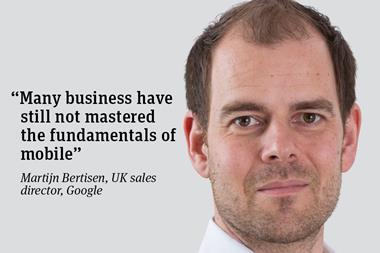

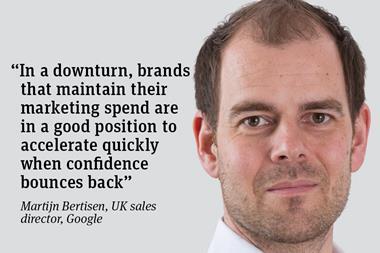
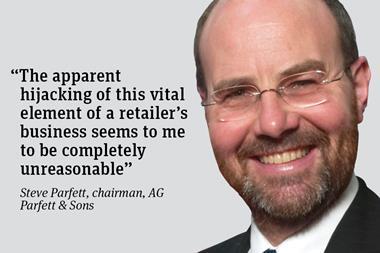
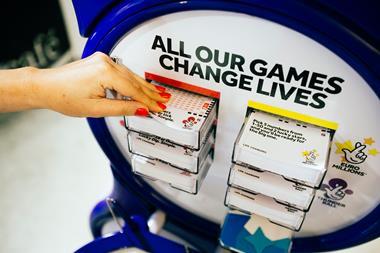
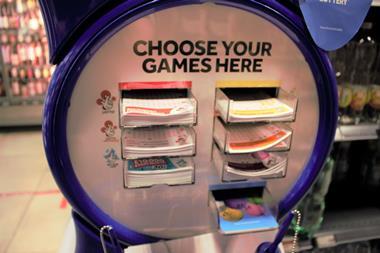


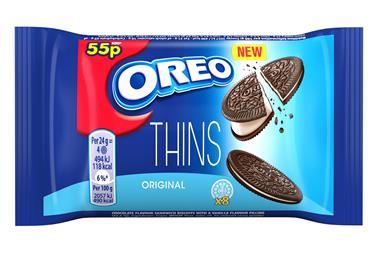
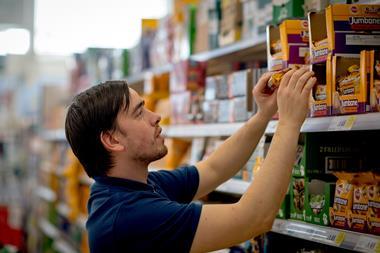
No comments yet